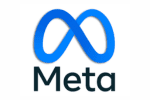



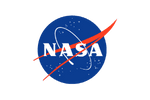



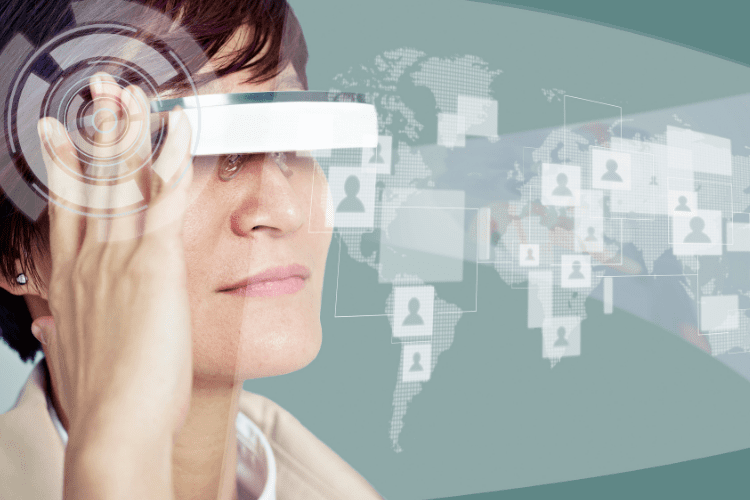
Test Your Wearables In Any Sun or Ambient Light Condition
Customers around the world will be wearing your technology and exposing it to different light conditions, both indoors and out. You need to ensure the viability of your wearable tech, from the highest to lowest intensities, in mW/cm2 or in lux.
Testing your product in every corner of the globe is not feasible, but with G2V LED technology you have access to every possible solar spectra and most ambient light to prove your wearables perform in every environment.
G2V solar simulators give you the flexibility to confidently scale your innovation out of the laboratory to the mass market.
Supercharge your research and development with flexible illumination.
Featured Innovations
The Most Advanced Technology For Your Cutting Edge Research
You’re building something great. Our solar replication technologies mean you don’t have to worry about accurate light.
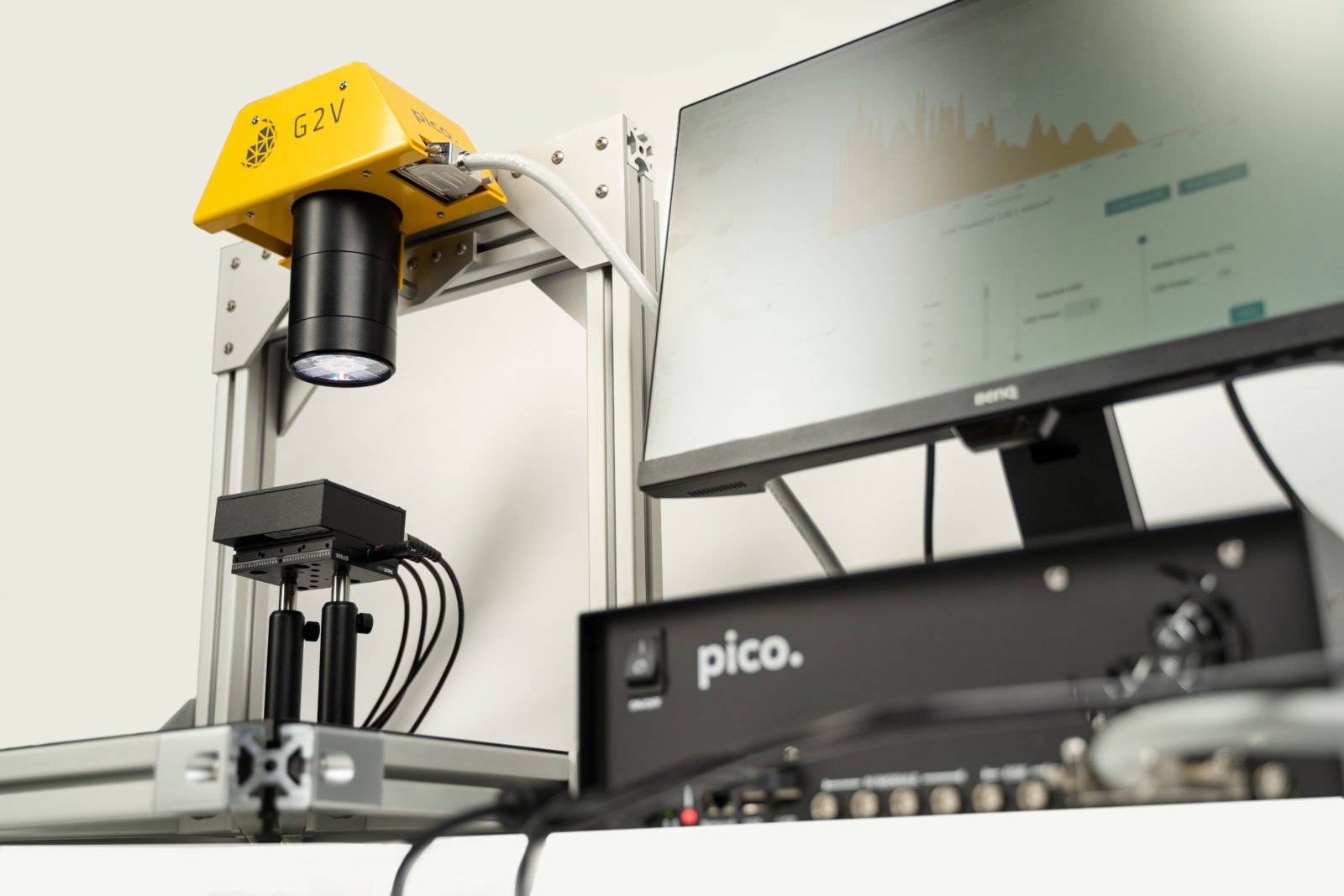
Pico™ Solar Simulator for Wearables
You need to test your wearable with light, but it's not the only test you're doing. You have a suite of equipment and want to add light without renovating your lab space. The Pico small-area solar simulator provides excellent spectral match in a form factor suitable for easy integration into small spaces and accommodate other equipment.
- Up to 32 tunable LED channels allowing you to tailor your spectrum
- Small form factor and flexible mounting options to fit your lab
- IV and EQE hardware modules to aid in automatic characterization of solar cells
- Python API allows for automated test cycling
Get a solar simulator that fits on the end of your desk.
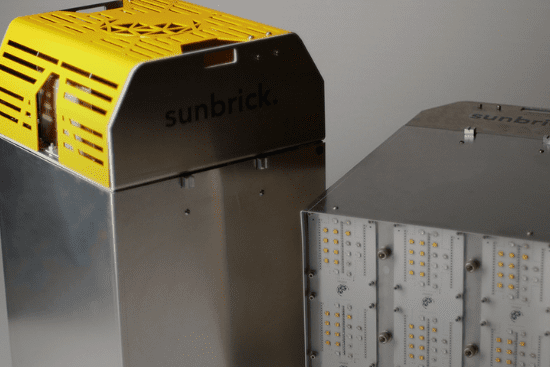
Sunbrick™ Solar Simulator for Wearables
Want to examine the effect of solar radiation on a large prototype? Or perhaps you want to examine many wearables in parallel on a production line? The Sunbrick large-area simulator is ready to provide the same trusted G2V light over a large area without performance compromises. The fidelity and array of easy customization options make the Sunbrick the choice simulator for wearable development scaling beyond small-area devices.
- Up to 36 tunable LED channels allow you to produce any indoor or outdoor spectrum
- Python API and LabView DLL enable automation for cycling or production-line work
- Industry-leading spectral coverage and the lowest spectral deviation to test wearables under the most accurate light
- Class AAA light starting at 20 cm by 20 cm and larger
Featured Innovation
The Sunbrick Class AAA Large-Area Solar Simulator
Better testing illuminates the future with higher-quality predictions.
Whether you’re assessing display readability, sensing capabilities, integrated photovoltaics, or material characteristics, your tech needs to be tested by a tunable light source that precisely replicates real-world conditions.
G2V’s Class AAA Sunbrick LED Solar Simulator is certified to <2% spatial non-uniformity in a large 20 cm x 20 cm area, in addition to being tileable for arbitrarily larger-sized arrays.
Some of its features include:
- Fully tunable intensity for every LED channel to produce AM1.5G, AM0, indoor lux values, and unlimited spectral creation
- Python API and LabView DLL for automation
- Large area output that’s scalable to fit your operation
- World-class calibration services to ensure synchronicity across multiple site simulators

How Integrated Photovoltaics Are Powering Wearables
Our comprehensive photovoltaics article can help you, covering such topics as:
- The advantages and disadvantages of different photovoltaic technology types
- Some of the latest photovoltaic developments
- Best practices for testing and assessing solar cell performance
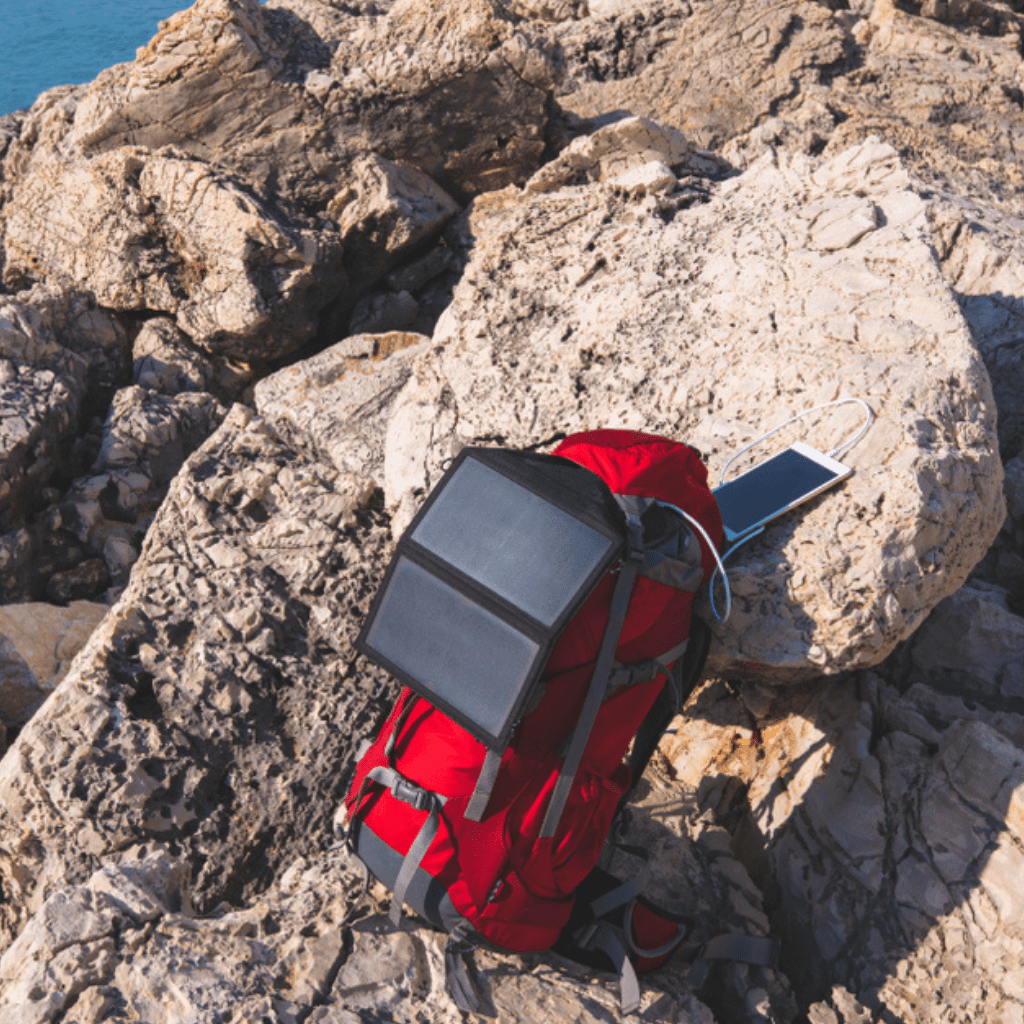
Case Study: Wearable Tech Developer Needed Scalable Wide Spectrum
G2V's FAQs
Knowledge Base
Our Expertise. Your Home Base.
We make sure that our customers have access to resources that help them understand more not only about the products we offer, but related applications and standards. Visit the knowledge base to learn more about LED illumination, Class AAA standards, Photovoltaics and much more. Knowledge is solar power.
IEC 60904-9:2020 Standard for Solar Simulators
In our modern era, nearly every industry has standards that set baselines for ensuring its associated products are safe and suitable to perform intended tasks. Solar simulation – reproducing sunlight – is no different, having standards that specify the requirements for solar simulators, and...
Solar Simulation
Talk to a Tunable Light Expert for Better Testing Your Wearables
